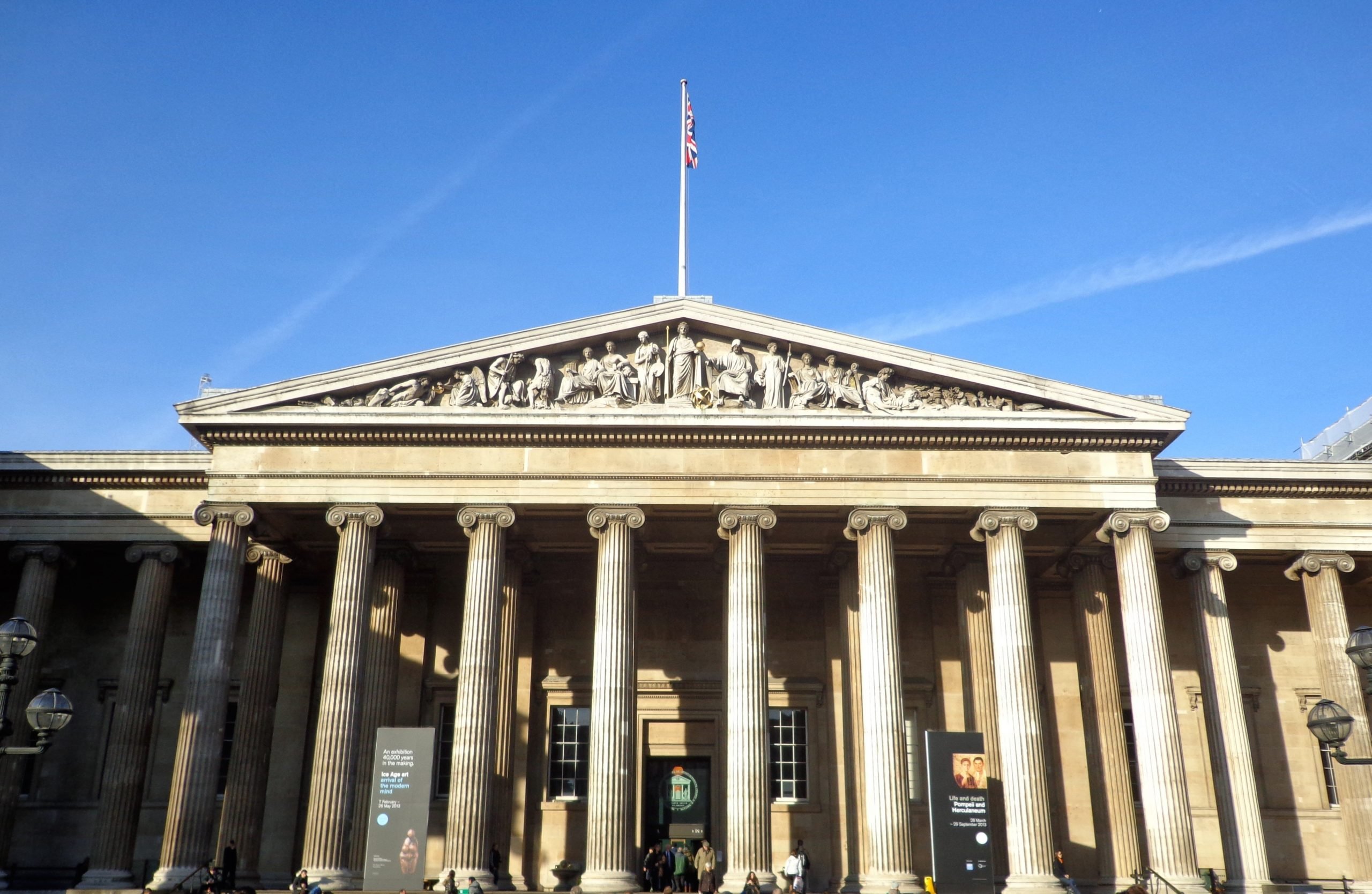
The British Museum announced plans Wednesday, October 18, to fully digitize its collection in a bid to increase accessibility for the public and transparency by ensuring proper documentation.
The plans were announced in a news release, which came as the institution faces increased scrutiny after it was revealed that 2,000 artifacts were stolen from the museum by a senior curator over the course of years.
“Following the discovery that objects have been stolen from the collection, we have taken steps to improve security and are now confident that a theft of this kind can never happen again,” interim director Mark Jones said in a statement.
Jones is leading the museum after the departure of former director Hartwig Fischer, who resigned amid the theft scandal and accusations he had failed to act after being alerted to the thefts in 2021. The museum has also since launched a website to track the recovery of missing items.
“We cannot and must not assume that the security of the collection, in a wider sense, can be achieved simply by locking everything away. It is my belief that the single most important response to the thefts is to increase access, because the better a collection is known—and the more it is used—the sooner any absences are noticed,” Jones said in his statement.
“So that’s why, rather than locking the collection away, we want to make it the most enjoyed, used, and seen in the world.”
The museum expects the digitization project to take five years and includes plans for enhanced access to the museum’s study rooms where the public and academics can see items in the collection by appointment. According to The New York Times, the effort is also expected to cost about $12 million.
“It is a big task, with 2.4 million records to upload or upgrade, but more than half is already done,” Jones said. “When it is finished it will mean that everyone, no matter where in the world they live, will be able to see everything we have—and use this amazing resource in a myriad of ways.”
Jones told a parliamentary committee that, though all items will be digitized, not all will receive a full record. For example, the museum has about a million cigarette cards and George Osborne, the chairman of the board of trustees, said it doesn’t make sense to document each individually.
Osborne, in a statement, called Jones’s plans “compelling” and said it will increase access and engagement with the collection. “I couldn’t be more supportive of his ambitions,” he said.
Despite the theft scandal, museums across the U.K. have maintained that art theft is rare and called reports of a widespread problem of missing artifacts misleading.
More Trending Stories:
Four ‘Excellently Preserved’ Ancient Roman Swords Have Been Found in the Judean Desert